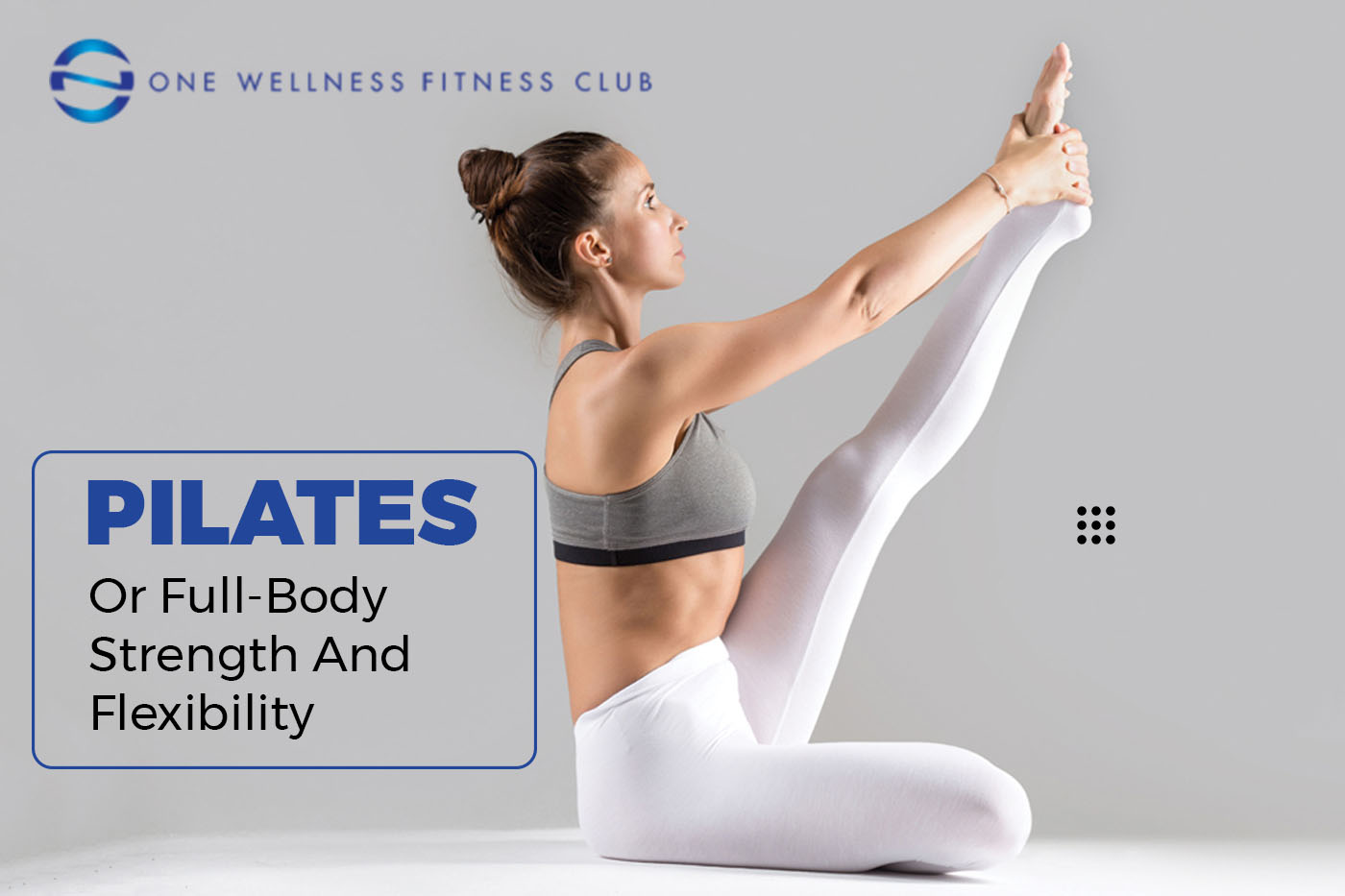In a fast-moving world, it’s pretty easy to get too stressed or overwhelmed. But what if there was an easy way to practise calm, focus, and inner peace—and to make it part of your daily routine? This is where meditation classes come in: an age-old practice rapidly resurging into modernity through its well-documented benefits.
1. Mindfulness Meditation: The Gateway to Present Moment Awareness
Think of mindfulness meditation as the gateway drug to all meditation. It’s a very simple but strong practice for building an awareness of this moment without judgment. Here, you focus your attention on breathing, body sensations, or sounds around you, gently noticing the appearance of thoughts and emotions without getting caught up in them.
Why so? Well, mindfulness meditation is an excellent choice for beginners. It’s relatively easy to learn, and requires minimal equipment—it involves just a quiet space!—and yields a bunch of advantages: stress reduction, improved focus, and better sleep.
2. Loving-Kindness Meditation: How to Offer Compassion to All
Loving-kindness meditation, sometimes referred to as Metta meditation, is bringing compassion to a whole new level. You will practise this by cultivating feelings of kindness and good will toward yourself, your loved ones, strangers, and then even toward those persons you may regard as difficult. Guided meditations may be followed, or you can simply be silent while sending out waves of loving-kindness to develop connectedness and well-being.
Why do so? You are feeling a bit disconnected or lonely? Loving-kindness meditation can bridge that gap. It cultivates self-compassion, fights negativity, and aids in looking at life from a more positive angle.
3. Transcendental Meditation (TM): Effortless Mantras for Deep Relaxation
Probably the most well-known, specific method is Transcendental Meditation, commonly known as TM. This involves the use of a mantra—a word, sound, or phrase—silently repeated for a chosen period of time, usually 20 minutes in the morning and evening. More than in mindfulness meditation, one focuses on breathing or body sensations; the mantra becomes the anchor that facilitates access to this inward state of awareness and deep relaxation.
Why so? TM is regarded as a quick way of reducing stress and anxiety. The ease of practice and lack of concentration on either thoughts or feelings are the factors that attract many. However, TM often requires instruction from a certified teacher, which may involve a cost.
4. Concentration Meditation: Sharpening Your Focus
Concentration meditation, as one guesses by the name, trains your mind only to focus on one focal point of attention. This could be the flame of the lamp, some object, either a sound like a chime or even your breath. Gentle bringing back attention to that chosen object each time the mind strays away from that object strengthens one’s concentration and develops a sense of mental discipline.
Why do so? Too scattered or easily distracted? Well, then, concentration meditation can be your game-changer. It improves focus, enhances memory, and can even boost your productivity.
5. Zen Meditation (Zazen): Finding Stillness in Simplicity
Zazen, more popularly known as Zen meditation, is one of the intrinsic practices in the tradition of Zen Buddhism. It involves having a certain kind of sitting pose, mostly seated or kneeling, in which you learn how to focus on breathing. Unlike mindfulness meditation—where you observe your thoughts and emotions—the aim of Zazen is to let them go completely so that it gives way to feelings of stillness and peace.
Why so? Zen meditation, a potent tool in attaining peace of mind and a deep understanding of one’s self, isn’t for the faint of heart. It requires commitment, and the time one puts into the practice comes with life-changing rewards of calm and clarity.
6. Vipassana Meditation: Insight Through Observation
Vipassana meditation, or Insight Meditation, emphasises the observation of the impermanent nature of all things. One may focus his attention on sensations within the body, emotions, or thoughts without judgment and know that everything is just a rising and falling phenomenon. You then develop insight into how your mind works and the impermanence of experience through continued observation.
Why so? Well, Vipassana meditation is such a powerful method of self-discovery. It may help one get a better understanding of the emotional and thought patterns to finally achieve higher levels of self-acceptance and emotional endurance.
7. Movement Meditation: Interlacing Body and Mind in Motion
Meditation does not always have to be in a sitting posture. Other forms of movement meditation include Tai Chi and Qigong, which comprise light movements of the body with focused breathing and induced mindfulness. What is meant to be here is just being—being in the present moment when moving your body, following through with developing a connection between the body and mind.
Why do we choose it? It is perfect for any person who can’t sit still. This is an excellent choice that promotes physical well-being together with mental clarity for those desiring a holistic approach to meditation.
Ready to Dive Deeper?
Interested in what meditation workshops can do for you? One Wellness has everything you need to start your mindfulness and wellness journey. Look around for guided meditations, and articles that will inform you of the different meditation techniques, and tools that will help you in your practice.
With One Wellness, you can begin the journey toward finding inner peace—one mindful moment at a time. If you are looking for Meditation classes for beginners, one wellness course is definitely going to help you.


